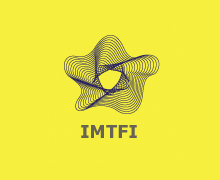The alternatives to mobile money

The alternatives to mobile money
- January 4, 2011
- A study by UCI IMTFI researchers is featured by CGAP January 3, 2011
From CGAP:
Mobile money often begins with a customer withdrawing cash in a store in his or her community, or sending money directly from their mobile money account to a relative living far away. But what if we began our story when none of these existed? Let’s start in a country where cash is difficult to access, store and move, where it actually takes four hours for a customer to do a four minute bank transaction, where walking out of a money transfer house often means being robbed, where sending money to parts of the country can only happen by boat or requires a half day road journey through a neighboring country... In anticipation of the arrival of mobile money, a team of researchers from UC Irvine went to Haiti in June to get a snapshot of how money is traditionally transferred throughout the country. To understand the full impact that mobile money can have on the lives of Haitians, let’s look at the situation before mobile money.
For the full story, please visit http://technology.cgap.org/2011/01/03/the-alternatives-to-mobile-money/.
Share on:




connect with us